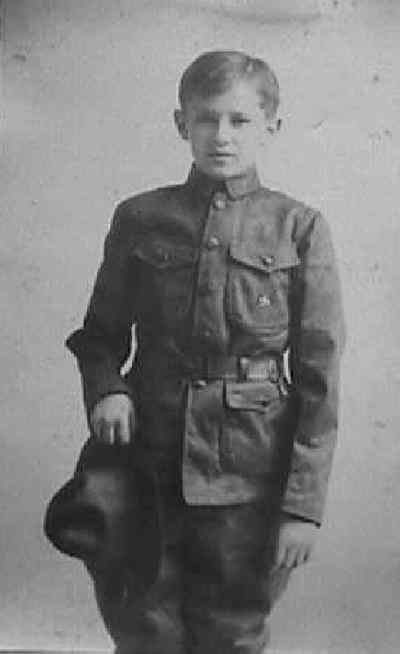
Figure 1.--American Boy Scouts were virtually the only Scouts around the world that for years did not commonly wear short pants. This America Scout was probably photographed in the 1910s.


Figure 1.--American Boy Scouts were virtually the only Scouts around the world that for years did not commonly wear short pants. This America Scout was probably photographed in the 1910s. |
British colonial soldiers at the turn of the century were pictured fighting for God and Queen in short trousers uniforms. Thus it was an easy transition when Lord Baden Powell chose short pants for rge Scout uniform. The popular press had even earlier published imagdes of explorers and adventurers in tropical climes. This made shorts seem rugged and proper for boys wear. In the United States there were no such comparable role models. American boys didn't see Buffalo Bill riding about in short pants or Teddy Roosevelt charging up San Juan Hill in shorts.
An HBC contributor provides the following view of the role model factor.
British and European boys had a "first-hand" cultural image that made short pants with
suits and uniforms a norm. Lord Baden-Powell was, after all, an Englishman and the Boy Scouts were first organized in Britain. They were transplanted to America by that Yank who lost his way in a London pea-souper and was helped by a Scout. (At least that's the story in the BSA Manual I used when I was growing up.) Americans were once removed from that cultural image, and in the early of the 20th century the Boy Scouts and the YMCA and other church-related groups were, it is a harsh word, but competitive. Both carved out a new role for themselves in the early years of industrialization and urbanization in the US: that of rescuing the characters and souls of youths from the temptations of Babylon.
And this mission was encouraged by fathers and mothers, but there was
always a certain tension. That is, parents wanted their boys to walk the straight and narrow, become upstanding citizens,and do right; however, and this is
crucial, they didn't want their youths to become soft (read that as effeminized). This was a challenge posed to all organizations that purported to lead young men to paths of righteousness. Young scouts, about ages 11-13, might find the uniform, shall we say, a notch
upward on the sartorial maturity ladder compared to the clothes Mother selected for them. Older scouts were always less likely to remain in the troop, finding the activities with younger boys too juvenile for their tastes; and the uniform, well it was a mark
of conformity (at a fairly advanced age) to what adults wanted them to be. In other words, uniforms, and especialy a shorts uniform, would brand boys as a
bit immature, not sufficiently assertive and independent, which of course is a manifestation of the adolescent's awakening individualism (to keep it
clean, maturity in every sense of the word).
And think of the media. For as I long I can remember the media has rather encouraged childhood precocity over innocence and naivete. American fellows didn't have the necessary native, home grown icons to encourage the choice of a smart short pants suit. Quite the opposite
seems to be the case, actually. For generations now, parents have decried how peer and media pressure encourages children to grow up too quickly (think of the ghastly childhood pagentry and competition that JonBenet Ramsey is remembered for).
John B.
Navigate the Boys' Historical Clothing Web Site:
[Return to the Main parents page]
[Return to the Main short pants essay page]
[Introduction]
[Chronology]
[Clothing styles]
[Biographies]
[Activities]
[Countries]
[Bibliographies]
[Boys' Clothing Home]
